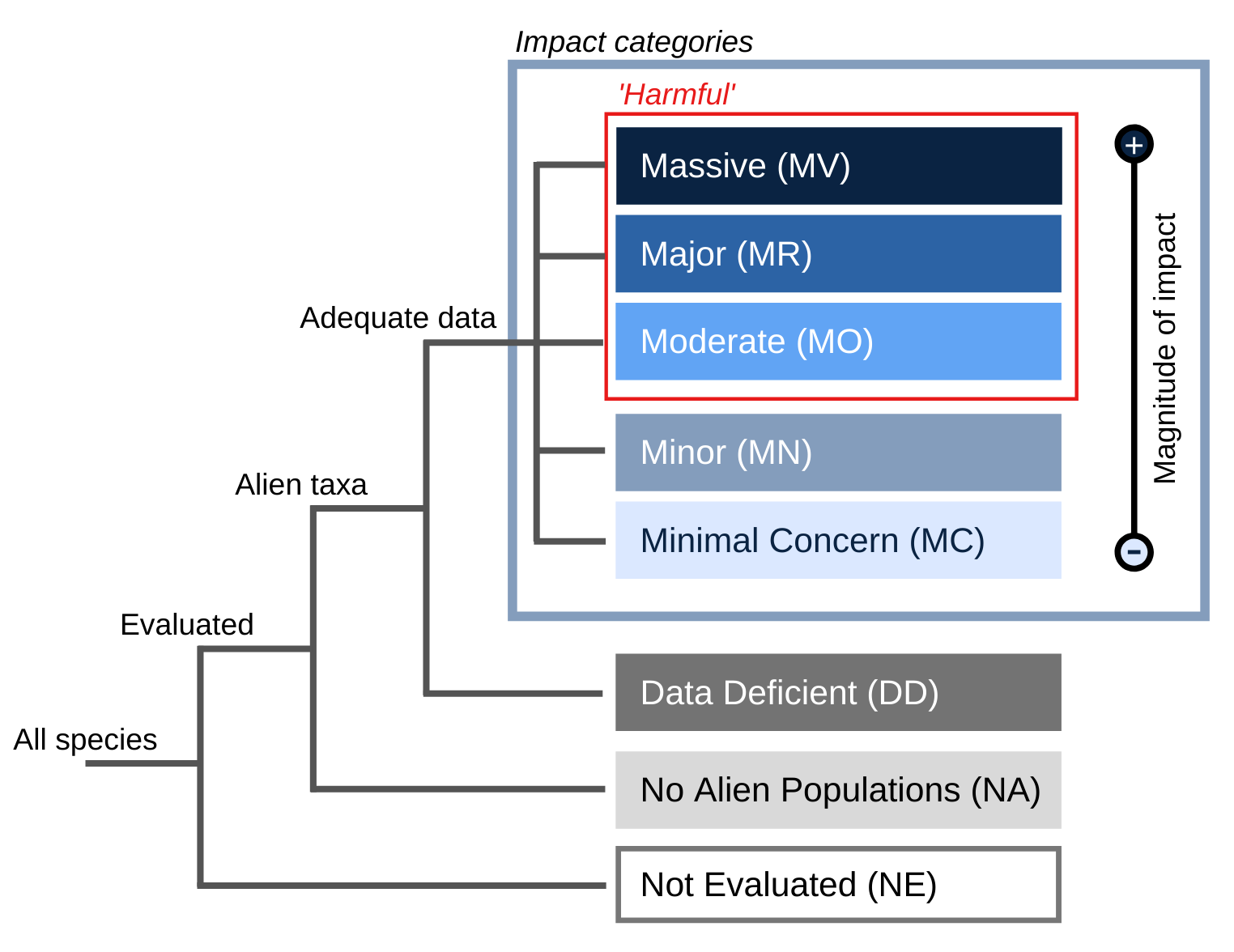Species Description
Members of the family Scoliidae are solitary ectoparasites of scarabaeid larvae (and occasionally Curculionidae larvae). They usually have curled or strongly curved antennae and both sexes are winged. Scoliidae can display a characteristic flying pattern; they fly on a horizontal plane less than 1 meter above the ground in a regular circular “figure 8” course. Other higher more direct flights are seen. Eggs of the Scoliidae family range in length from 2 to 4mm. They are about a quarter less wide than they are long, with both poles rounded and a slightly wider anterior end. The ventral side is almost straight and the dorsum is slightly convex.\r\n
Females yellow-flower wasps (Radumeris tasmaniensis) are about 30 mm long with a 40 mm wingspan and have a large robust body with a broad abdomen. Size range of males in New Zealand is 11.5 - 20.5 mm long. Males have a more slender body with a narrow abdomen. Females have a dark brown thorax, a narrow waist and a broad orange abdomen with narrow black stripes. Their underside has wide black stripes with narrow white stripes. Males have alternating black and yellow stripes on both the upper and lower surfaces. The female has short antennae about the same length as the width of the head; the male has longer antennae, about half the length of the forewings. Both male and female have orange to brownish wings, with very fine veins towards the wing tips.
Lifecycle Stages
Most Scoliidae have a single annual reproduction period. In New Zealand the yellow-flower wasp appears to have 2 reproductive periods in the far north of its range (T. Beauchamp, pers. comm.). In New Zealand development times have taken 68 and 76 days at 25C in summer and 126 days in winter (Willoughby & Wilson 2006). This is consistent with other Scoliidae where under optimal conditions, the incubation period of eggs is 2-3 days , the larval period is 6 - 9 days, and the cocoon and pupal stage 30 - 40 days in summer. Most species hibernate within the cocoon (in the mature larvae stage) with the onset of winter, and this may be likely in the cooler parts of the range in New Zealand.
Uses
Radumeris tasmaniensis has limited effects on Scarabaeidae in Australian sugar cane fields (Allsopp 1992). Other wasps in the Scoliidae family have been used for the biological control of scarabaeid beetles (e.g. S. manila was introduced from the Philippines into Hawai'i to control Anomala orientalis). Research into naturally produced compounds in parasitic wasps could reveal chemicals with useful properties, such as anti-microbial activity (Dani et al. 2003). This is because insects that are parasitized by wasps have impaired immune systems (and a greater susceptibility to opportunistic pathogens), which compromises the survival of the wasp progeny. The production of antimicrobial factors by parasitic wasps could protect the host larva from microbial infection allowing it to live longer and provide the wasp larvae with food for a longer period of time. This production of antimicrobial compounds in wasp venom is an interesting target of current research (Dani et al. 2003).
Habitat Description
Radumeris tasmaniensis is an ectoparasitic (it lives on the outside of its host) and solitary in nature. The female tunnels into sand and locates a scarab beetle larva, which they sting and paralyse before laying an egg nearby. The larva then becomes a source of food for the young wasp as it grows. In its introduced range in Northland and the Coromandel Peninsula, New Zealand, R. tasmaniensis is reported in scattered coastal spots.
Reproduction
Male yellow-flower wasps that have emerged from the sand mate with females that emerge from the soil. Females locate larvae using antennal tapping on the sand surface. It is not known if detection is chemical or physical, but wasps appear to know if another female is present in that host larvae (Hardwick & Wilson 2006). Laboratory based studies indicate that larvae >2g are chosen in New Zealand (Willoughby and Wilson 2006). Host larvae are found underground at a up to 0.4 m deep. Wasps have also been found under larvae on the surface (Rawnsley 2006). \r\n\r\n
The female stings the host larva several times in the thoracic region to paralyse it and Scollidae females buries it to a depth of between 25cm and 1m. Female Scoliidae can produce a maximum of 2 eggs per day in optimum conditions. For example Campsomeris tasmaniensis Sauss laid 95 eggs in 70 days (Illingworth 1921). C. tasmaniensis and C. radula females have been noted to produce mostly male progeny with an occasional female among them (Illingworth 1921).
Nutrition
Larvae of Scoliidae hatch out of eggs laid on paralysed host grubs. Wasp larvae then devour the host larvae, which are rich in protein. Adult yellow-flower wasps of other Scoliidae obtain carbohydrate-rich meals derived from flower nectarines. Males yellow flower wasps have been seen visiting Australian coastal manuka (Leptospermum laevigatum), five finger (Pseudopanax surville) and Canadian fleabane (Conyza canadensis) Female wasps visited these plants and also gums (Eucalyptus spp), manuka (Leptospermum scoparium), toetoe (Cortaderia splendens), pohutukawa (Metrosideros excels) and cottonwood (Cassina leptophylla) (Rawnsley 2006).
Principal source:
Compiler: IUCN/SSC Invasive Species Specialist Group (ISSG) with support from the Terrestrial and Freshwater Biodiversity Information System (TFBIS) Programme (Copyright statement)
Review: Dr. Barbara Barratt Senior Scientist AgResearch Invermay, Mosgiel, New Zealand.
Dr. Tony Beauchamp, Department of Conservation, Northland Conservancy
Publication date: 2010-06-14
Recommended citation: Global Invasive Species Database (2025) Species profile: Radumeris tasmaniensis. Downloaded from http://www.iucngisd.org/gisd/species.php?sc=897 on 04-11-2025.







